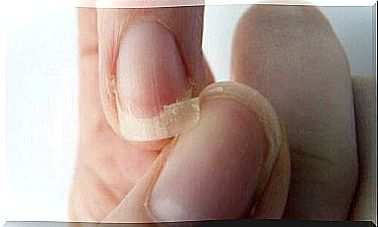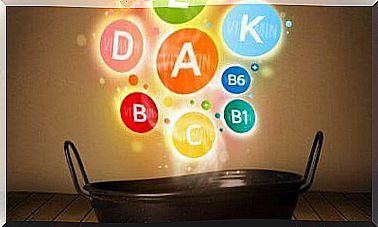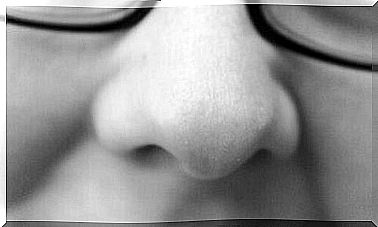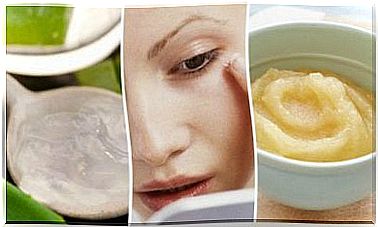Biliary Obstruction: The Most Important Information
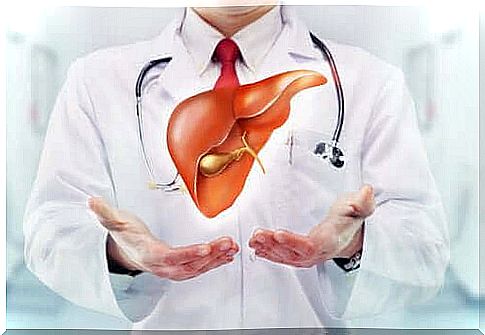
Obstruction of the bile ducts causes damage to the liver and affects the various processes that allow the body to function the way it should.
Biliary obstruction is a chronic and progressive disease of the liver. It manifests itself fairly quickly after birth. The bile ducts become clogged and the bile cannot reach the liver. Because of this, the liver is damaged, which is reflected in its key functions.
If left untreated, the disease can be life-threatening. Learn more about obstruction in the bile ducts by reading today’s article!
What causes biliary obstruction?

The causes of biliary obstruction are not fully known. Many experts believe that babies are born with obstruction of the bile ducts, which implies that changes in the bile ducts appear already during pregnancy.
However, other opinions suggest that this disease appears after birth due to exposure to toxic or infectious substances. It is not related to the mother’s medications or any illness that developed during her pregnancy.
Currently, experts do not know if it has any genetic components. Generally speaking, the condition does not appear more than once in the family.
Biliary obstruction and its symptoms
Affected babies often appear to be healthy during labor. However, symptoms of the disease begin to develop between the second week of life and the second month of life. The symptoms of biliary obstruction can also resemble other conditions or disorders.
Some of the symptoms that may appear include:
- Jaundice. Yellowing of the skin and eyes. It appears due to high and irregular bilirubin levels in the blood, which can be attributed to inflammation, other disorders of the liver cells, or obstruction of the bile ducts.
- Dark urine and light stools.
- Bloated belly and weight loss.
Diagnosing biliary obstruction
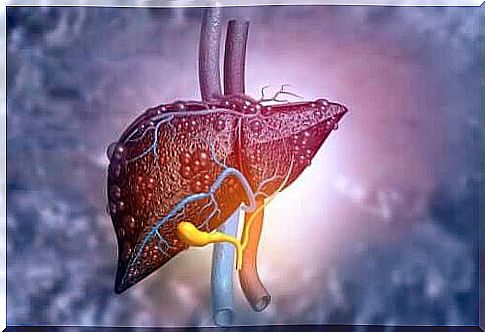
In order to diagnose this condition, the doctor must conduct various tests and blood tests.
Blood tests
Blood tests measure the following parameters:
- Liver enzymes. Elevated liver enzymes can alert doctors to possible liver damage or injury. However, when this happens, the enzymes are released into the blood.
- Bilirubin. The bilirubin produced by the liver is excreted into the bile. High bilirubin levels often suggest a blockage in bile flow or a defect in the processing of bile in the liver.
- Albumin and total protein levels. Sub-normal levels have been associated with chronic liver disease.
- Cake. Prothrombin Time (PT) and Partial Thromboplastin Time (PTT), which measure the time taken for blood to clot. Damage to liver cells and blockage of bile flow can interfere with blood clotting.
- Blood culture. It is done to find out if there is a bloodstream infection caused by bacteria that can affect the liver.
Diagnostic imaging
Diagnostic imaging studies that are often used by clinicians include:
- Abdominal ultrasound. A diagnostic imaging technique that uses high-frequency sound waves. However, doctors can use ultrasound to obtain images of the liver, gallbladder, and bile ducts.
- HIDA scanning. A radioactive isotope is injected into the veins. If it enters the intestines from the liver, the bile ducts open and your doctor will confirm that there is no biliary obstruction.
- Liver biopsy. The doctor takes a sample of liver tissue. He then examines it and uses it to differentiate between obstruction of the bile ducts and other liver conditions.



